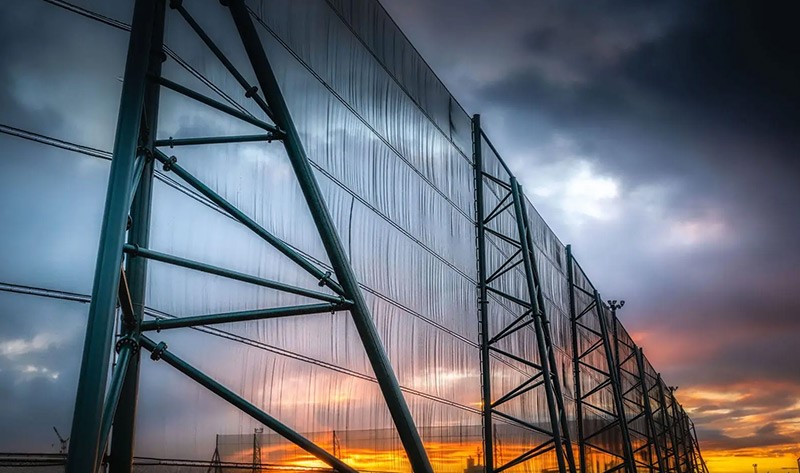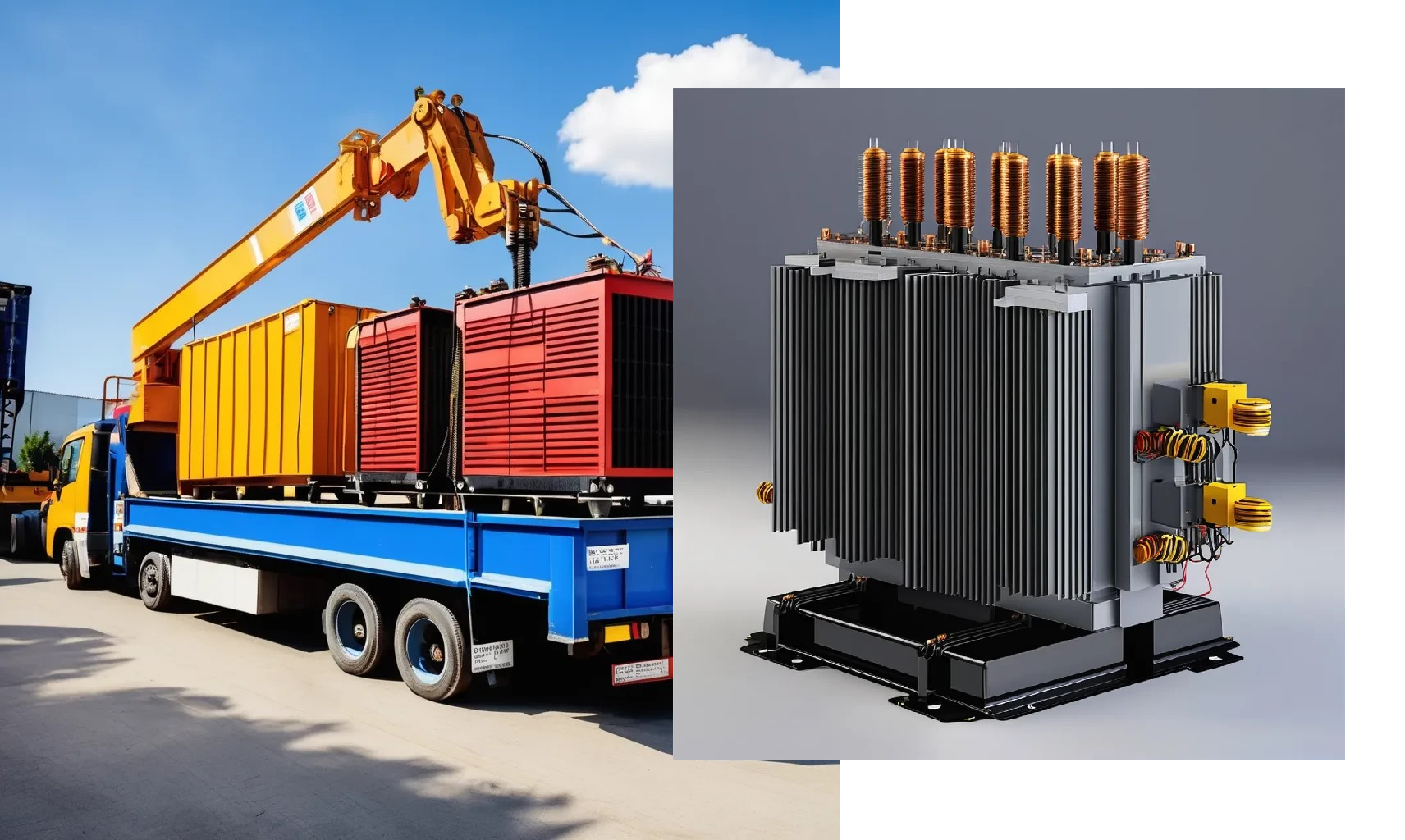Industrial Wind Protection Solutions
Wind can cause significant erosion and transport dust, spray and other pollutants. The impact of wind varies based on the situation, but windpower—calculated as windspeed squared—can cause mechanical damage and load stress. A reduction in windspeed dramatically decreases windpower, with a quarter of the windspeed reducing windpower to just 1/16. This reduction is crucial in mitigating the effects of strong winds, which can cause severe mechanical and structural damage.
For dust and erosion control, the effect is even more pronounced, as dust transport is proportional to windspeed cubed. Reducing windspeed can greatly diminish the amount of dust and pollutants carried by the wind.
A wind fence, also known as a windbreak, wind shelter, or shelter fence, slows the wind in a specific area by deflecting it elsewhere. The best windbreaks can reduce windspeed by over 50% across large areas and by over 80% in localized areas. This wind reduction helps create a zone of significantly reduced windspeed behind the wind fence, providing protection and reducing erosion.
- Erosion Control
- Reduction of Eind Loads
- Privacy Screens
- Debris and Garbage Collection
- Wave and Turbulence Control
- Snow Deflection and Control
Our wind fence systems are custom-designed to meet the unique needs and environmental conditions of each project site. By optimizing the structural design, we maximize span length and reduce the number of support posts, offering cost savings and efficient installation.
Dust Control Strategy
Dust control is a critical component of our wind fence systems. By significantly reducing windspeed, our fences lower the potential for dust erosion. For example, halving the windspeed reduces dust erosion to one-eighth of the original amount. Our fences are designed with varying porosities to optimize dust collection and minimize the passage of dust particles through the fence.




